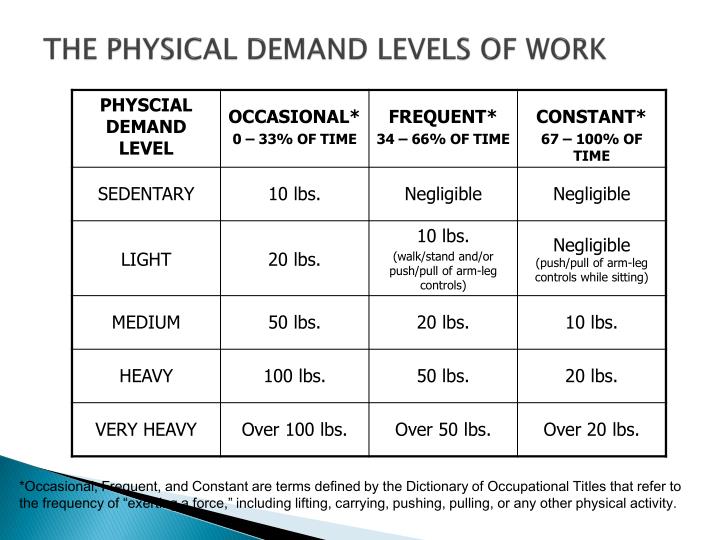
Overall, the NDAA represents a significant investment in the military and the Air Force, and introduces important changes that will help to modernize the Air Force’s capabilities and support its mission to defend the United States and its interests around the world.

The bill also includes provisions to improve military healthcare and increase support for military families. In addition to these changes, the NDAA includes provisions related to military personnel, including increases in pay and benefits for service members and their families. The bill also includes funding for research and development of new technologies, such as hypersonic weapons and unmanned aircraft systems. The NDAA also includes provisions to modernize the Air Force’s fleet of aircraft, including the procurement of new F-35 Lightning II fighters and the retirement of older aircraft. The ACFT is intended to provide advanced training to fighter pilots, including air-to-air and air-to-ground combat scenarios, and will feature advanced avionics and sensor systems. This new aircraft will replace the aging T-38 Talon, which has been in service since the 1960s. One of the most notable changes introduced by the NDAA is the introduction of the Advanced Capability Fighter Trainer (ACFT). The NDAA also introduces new policies and regulations that impact the military, including the Air Force. The NDAA defines the budget and expenses for the Department of Defense (DoD) and outlines its priorities for the upcoming year. The National Defense Authorization Act (NDAA) is a comprehensive defense policy bill that is passed by the United States Congress on an annual basis. Changes Introduced by the National Defense Authorization Act (NDAA) The test is an essential part of the National Defense Authorization Act (NDAA) and is a key component of the Army’s efforts to maintain a high level of readiness and effectiveness. Overall, the ACFT is a substantial improvement over the previous APFT and is developed to better equip soldiers for the physical demands of combat. The test is also designed to be gender and age-neutral, implying that all soldiers are held to the same standards regardless of their age or gender. The ACFT is aimed at providing a more precise evaluation of a soldier’s physical fitness and readiness for combat. The two-mile run event examines a soldier’s aerobic endurance. The leg tuck event measures a soldier’s core strength and endurance.

The sprint-drag-carry event examines a soldier’s speed, agility, and anaerobic endurance. The hand-release push-up event measures a soldier’s muscular endurance and upper body strength.

The standing power throw examines a soldier’s explosive power and ability to produce force. The deadlift event is utilized to evaluate a soldier’s maximal muscular strength.

Each event targets different aspects of physical fitness, such as strength, power, speed, and agility. These events include the deadlift, standing power throw, hand-release push-up, sprint-drag-carry, leg tuck, and two-mile run. The ACFT comprises six events that are developed to examine a soldier’s muscular strength, endurance, and power. The ACFT is a more extensive test than the previous Army Physical Fitness Test (APFT), which only assessed push-ups, sit-ups, and a two-mile run. The test is aimed at improving a soldier’s overall physical fitness and preparedness for combat. The Army Combat Fitness Test (ACFT) is a new physical fitness test that is being executed by the United States Army. Understanding the Army Combat Fitness Test (ACFT)


 0 kommentar(er)
0 kommentar(er)
